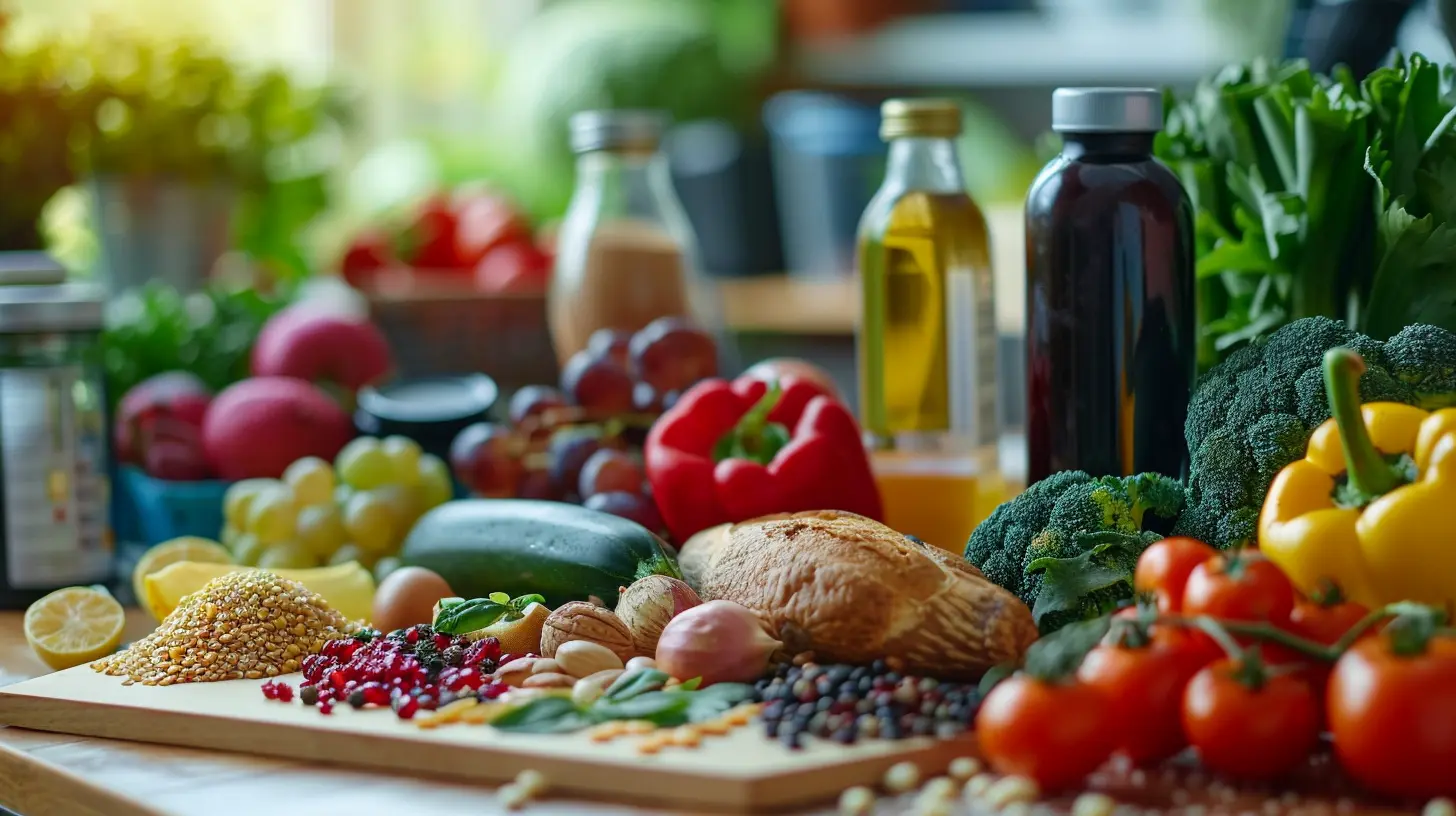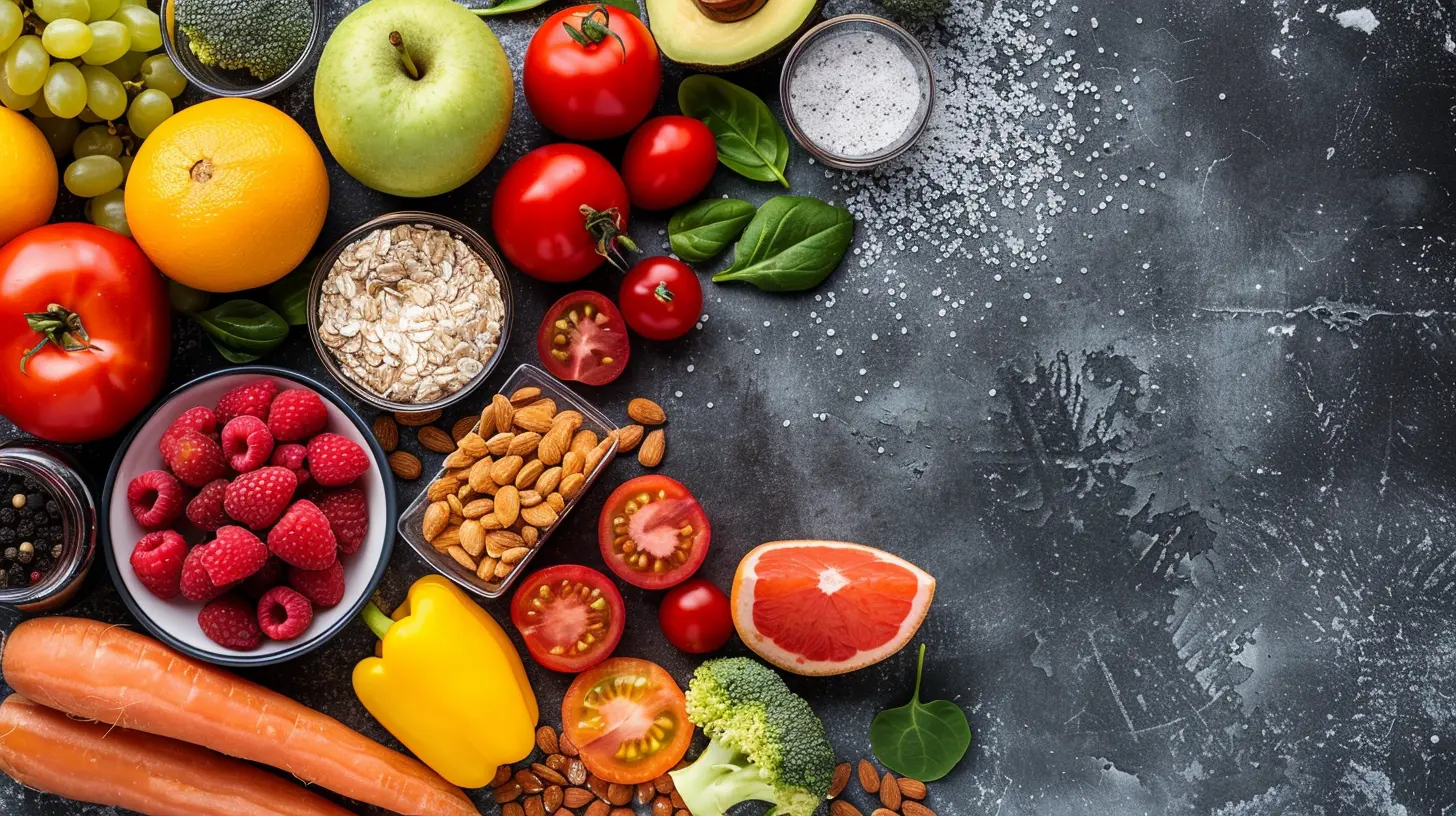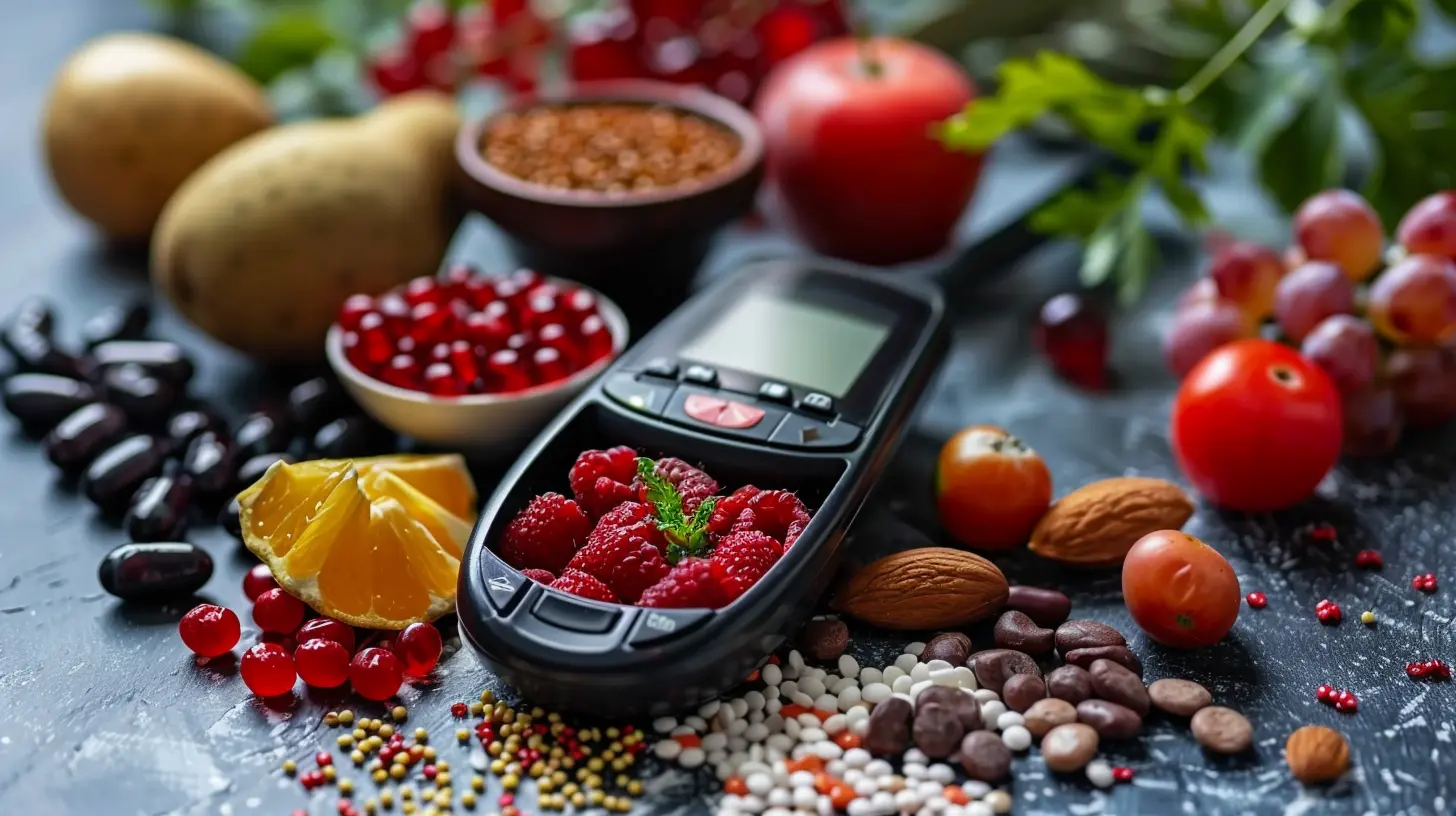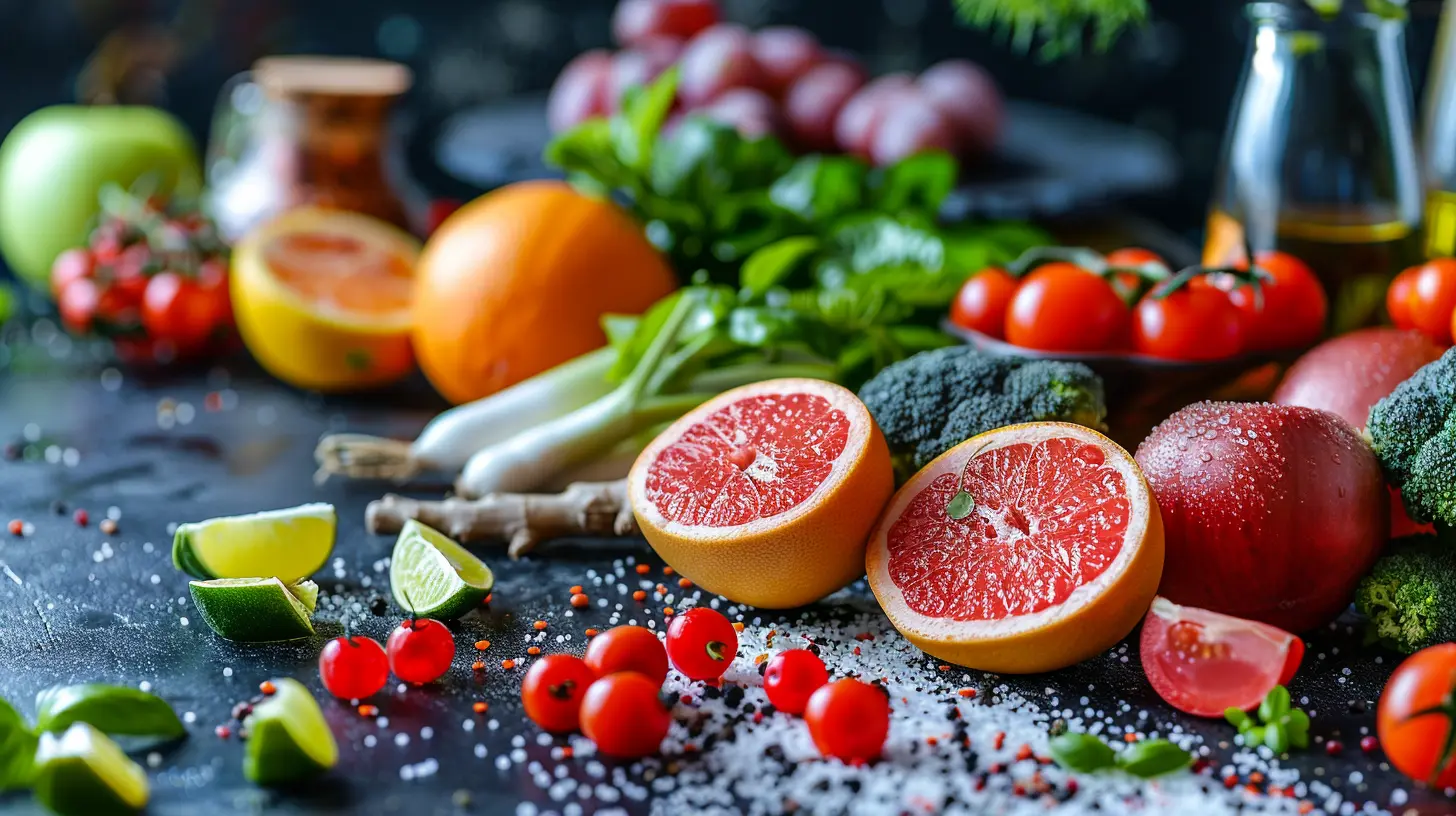Understanding the Glycemic Index and Its Impact on Diabetes
18 October 2025
Let’s be honest — managing diabetes can feel like walking a tightrope. One moment your blood sugar is steady, and the next, it’s spiking like a can of soda shaken too hard. If you or someone close to you is living with diabetes, you know how crucial it is to keep those sugar levels in check. That’s where understanding the Glycemic Index (GI) comes into play. Now, don’t let the fancy term scare you off. I promise, by the end of this article, you’ll be a mini expert on GI and how it ties directly to diabetes management.
What Exactly is the Glycemic Index (GI)?
Alright, let’s break it down. Imagine you're fueling your body like a car. Some foods are like high-octane fuel — they burn fast and give a quick energy boost, but not for long. Others release energy slowly, keeping you going for hours without sudden spikes. The Glycemic Index measures how fast carbohydrate-containing foods raise your blood glucose levels.Here’s the scoop:
- High GI foods (70 and above) – These cause a quick rise in blood sugar. Think white bread, sugary cereals, or that glazed doughnut calling your name.
- Medium GI foods (56–69) – These are moderate on the sugar scale. Brown rice and sweet corn sit here.
- Low GI foods (55 and below) – These are the slow burners. They release glucose slowly and steadily. Oats, lentils, and most fruits fall under this category.
The lower the GI, the better it typically is for diabetes control. Simple, right?
Why Should You Care About GI if You Have Diabetes?
Here’s the deal: When you eat carbohydrates, they break down into glucose. Your body uses that glucose for energy. But in diabetes, especially Type 2, the body either doesn’t produce enough insulin or doesn’t use it effectively. That means extra glucose lingers in your bloodstream — and that’s not good.Foods with a low GI cause a smaller, slower rise in blood sugar, which helps keep those sugar swings in check. High-GI foods, on the other hand, are like tossing gasoline on a campfire — they make blood sugar spike rapidly.
If you’re managing diabetes, choosing more low-GI foods is like giving your body a helping hand — or better yet, giving your pancreas a break!
How Is the Glycemic Index Measured?
No, they don’t wave a magic wand over a slice of bread to get the number. The GI of a food is calculated by feeding 10 or more healthy individuals a portion of food containing 50 grams of carbs. They then measure how much their blood sugar rises over the next two hours and compare that to the response from pure glucose, which has a GI of 100.Sounds super scientific? Yup. But lucky for us, there are GI charts readily available, so we don’t need to run any experiments in our kitchens.
Factors That Affect a Food’s GI
Here’s where things get a little tricky. Just because a food is a carb doesn’t mean its GI is set in stone. Several things affect how fast those carbs turn into sugar in your blood.1. Ripeness
Ripe fruits have higher sugar content, which can bump up the GI. That banana with the brown spots? It’ll spike your sugar more than a green one.2. Cooking Method
Al dente pasta (firm to the bite) has a lower GI than soft, overcooked pasta. The more you cook starches, the faster they’re digested.3. Processing
White bread vs. whole grain? Whole grain wins. Processing usually removes fiber, making the food easier — and faster — to digest.4. Fiber and Fat Content
The more fiber and fat in a food, the slower your body digests it, which means a lower GI.5. Food Combinations
Eating carbs with protein, fat, or fiber can help slow down absorption. It's kind of like hitting the brake pedal on sugar spikes.Glycemic Index vs. Glycemic Load: What's the Difference?
Okay, here's a curveball: just tracking GI might not be enough. Enter the Glycemic Load (GL). This not only takes into account how fast a food raises blood sugar but also how much carbohydrate it contains per serving.To put it simply:
- GI tells you the quality of the carb.
- GL tells you the quality and quantity.
For instance, watermelon has a high GI (~72), but there's very little actual carbohydrate in a serving. So its glycemic load is low — meaning it's not as scary as the GI suggests.
To calculate GL:
GL = (GI x grams of carbohydrate per serving) ÷ 100
Keeping an eye on both GI and GL gives you a more complete map of how food affects your blood sugar.
Top Low-GI Foods to Add to Your Plate
Want to arm yourself with diabetes-friendly options? Here’s a list of low-GI superstars:- Whole oats
- Lentils and legumes
- Quinoa
- Non-starchy vegetables (broccoli, spinach, bell peppers)
- Sweet potatoes
- Apples, pears, cherries
- Barley
And for the love of your pancreas, swap white rice for brown or wild rice, and ditch white bread for whole grain or sourdough. Your blood sugar will thank you.
Foods That Send Blood Sugar Skyrocketing
You can’t completely avoid high-GI foods (life’s too short to never eat a slice of pizza), but it's wise to ease up on:- White bread and bagels
- Breakfast cereals (especially sugary ones)
- Instant mashed potatoes
- White rice
- Pastries and cakes
- Soft drinks and candy
The occasional indulgence is okay, especially if you pair it with low-GI foods. It's all about balance, not banishment.
How to Use the GI for Better Diabetes Management
So how do you actually use all this info in the real world — when you're hungry, tired, and trying to make quick food choices?Here’s what helps:
1. Make Smart Swaps
Instead of white toast, go for whole-grain. Swap out chips for air-popped popcorn or nuts. Small changes add up.2. Mix Your Meals
Combine high-GI foods with low-GI ingredients. Think rice (high GI) + beans (low GI) or pasta (medium GI) with a hearty tomato and veggie sauce.3. Focus on Whole, Unprocessed Foods
The less processed your food, the lower its GI usually is. Whole foods also pack more nutrients.4. Watch Portion Sizes
Even low-GI foods can raise blood sugar if you eat too much. Your portion matters more than you think.GI and Type 1 vs. Type 2 Diabetes
Both types of diabetes can benefit from a low-GI diet, but there are slight differences.- Type 1 diabetes folks rely on insulin injections. Choosing low-GI foods helps balance out insulin timing and sugar response, avoiding dreaded highs and lows.
- Type 2 diabetes is often managed through diet, exercise, and oral medications. A low-GI diet can actually improve insulin sensitivity and even help with weight loss — big bonuses in Type 2 care.
Myths About the Glycemic Index
Let’s clear up a few misconceptions that often trip people up.❌ All carbs are bad
Nope. Carbs aren’t the enemy. It’s about the type and how much you consume.❌ You should only eat low-GI foods
Moderation is key. A balanced diet with a mix of low and medium-GI foods can work just fine.❌ GI applies to everyone the same
Not quite. Factors like age, metabolism, activity level, and even time of day affect how your body responds to carbs.Final Thoughts: GI Is a Tool, Not a Rulebook
Here’s the takeaway: The Glycemic Index isn't some draconian list of do’s and don’ts. It’s a guide — a helpful roadmap to make smarter carb choices and manage blood sugar more effectively.Think of it as your GPS while navigating life with diabetes. You decide the route, but GI helps you avoid the potholes.
So next time you're staring at a menu or walking the aisles of the grocery store, think GI. Pair it with your personal needs and lifestyle. Like any good tool, it works best when used with wisdom and flexibility.
Keep experimenting, keep learning, and most of all — cut yourself some slack. You’ve got this.
all images in this post were generated using AI tools
Category:
DiabetesAuthor:

Madeline Howard
Discussion
rate this article
1 comments
Murphy Rios
This article effectively highlights the importance of the glycemic index in managing diabetes. Understanding how different foods affect blood sugar levels can empower individuals to make informed dietary choices, promoting better health outcomes and improved glycemic control.
October 18, 2025 at 2:23 PM

Madeline Howard
Thank you for your thoughtful comment! I'm glad you found the article helpful in understanding the glycemic index and its role in diabetes management. Empowered choices can truly make a difference!


